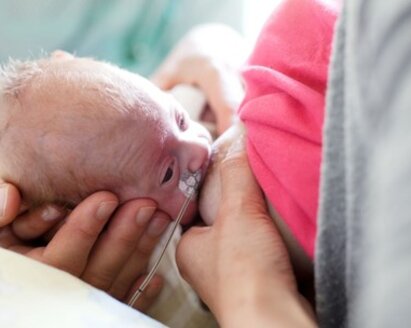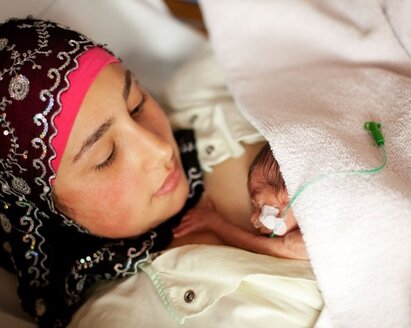Ahora estás viendo:
Medela - Spanish
Puedes visitar un sitio web alternativo de Medela en uno de estos países:
Productos
Comprar ahora
Alquiler ahora
Sacaleches
Piezas de repuesto para extracción
Ropa de maternidad y lactancia
Biberones y bolsas
Limpieza
Cuidado del pecho
Necesidades de alimentación especiales
NICU
Biberones y bolsas
Productos sólo para hospitales
Botella biberón para leche materna
Bolsas para la conservación de leche materna
Cuidado del pecho
Aceite para Masaje del Pecho
Crema Pezones Orgánica
Crema de lanolina Purelan™
Parches de hidrogel
Protectores de pezones
Copas recolectoras de leche
Pezoneras Contact™ para lactancia
Formadores de pezones
Discos absorbentes desechables Safe & Dry™
Discos absorbentes lavables Safe & Dry™
Discos Absorbentes Ultratranspirables
Hands-free
Freestyle Hands Free™, Sacaleches manos libres, portátil eléctrico doble
Extractor de Leche Eléctrico Simple Solo™ Hands-Free
Swing Maxi Hands Free
Eléctricos clásicos
Swing Maxi™ Sacaleches eléctrico doble
Solo™ Sacaleches eléctrico simple
Swing Flex™ Sacaleches eléctrico simple
Swing Maxi Flex™ Sacaleches eléctrico doble
Symphony® nº 1 y sets
Sacaleches Symphony
Sets de extractor de un día
Kit de extracción PersonalFit™ PLUS para alquiler Symphony®
Embudo PersonalFit PLUS
-
Productos
- Productos
- Comprar ahora
- Alquiler ahora
- Sacaleches
- Piezas de repuesto para extracción
- Ropa de maternidad y lactancia
- Biberones y bolsas
- Limpieza
-
Cuidado del pecho
- Cuidado del pecho
- Aceite para Masaje del Pecho
- Crema Pezones Orgánica
- Crema de lanolina Purelan™
- Parches de hidrogel
- Protectores de pezones
- Copas recolectoras de leche
- Pezoneras Contact™ para lactancia
- Formadores de pezones
- Discos absorbentes desechables Safe & Dry™
- Discos absorbentes lavables Safe & Dry™
- Discos Absorbentes Ultratranspirables
- Necesidades de alimentación especiales
- NICU
- Artículos
- Medela Family
- Servicios
- HUB de lactancia para profesionales
- Donde comprar



